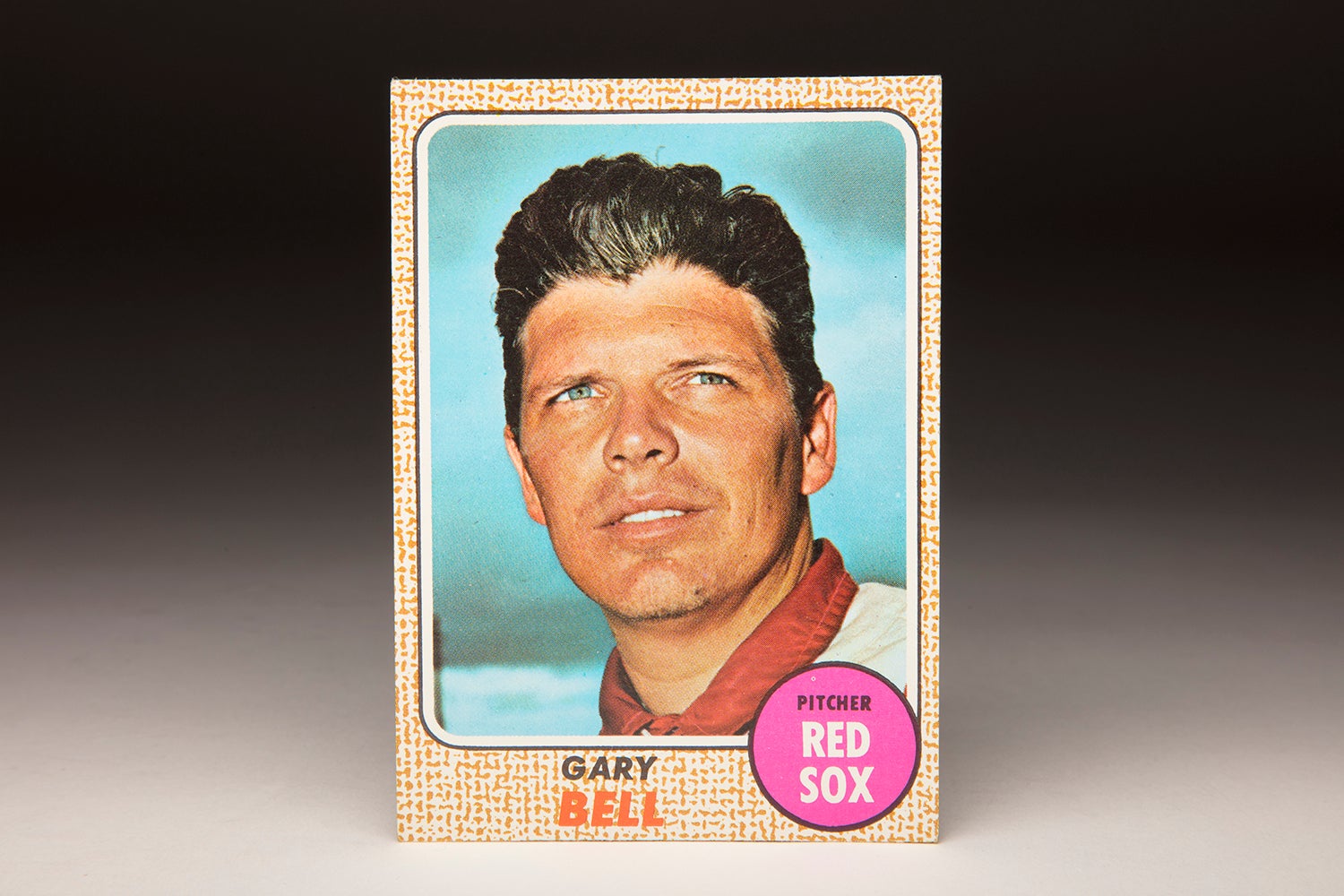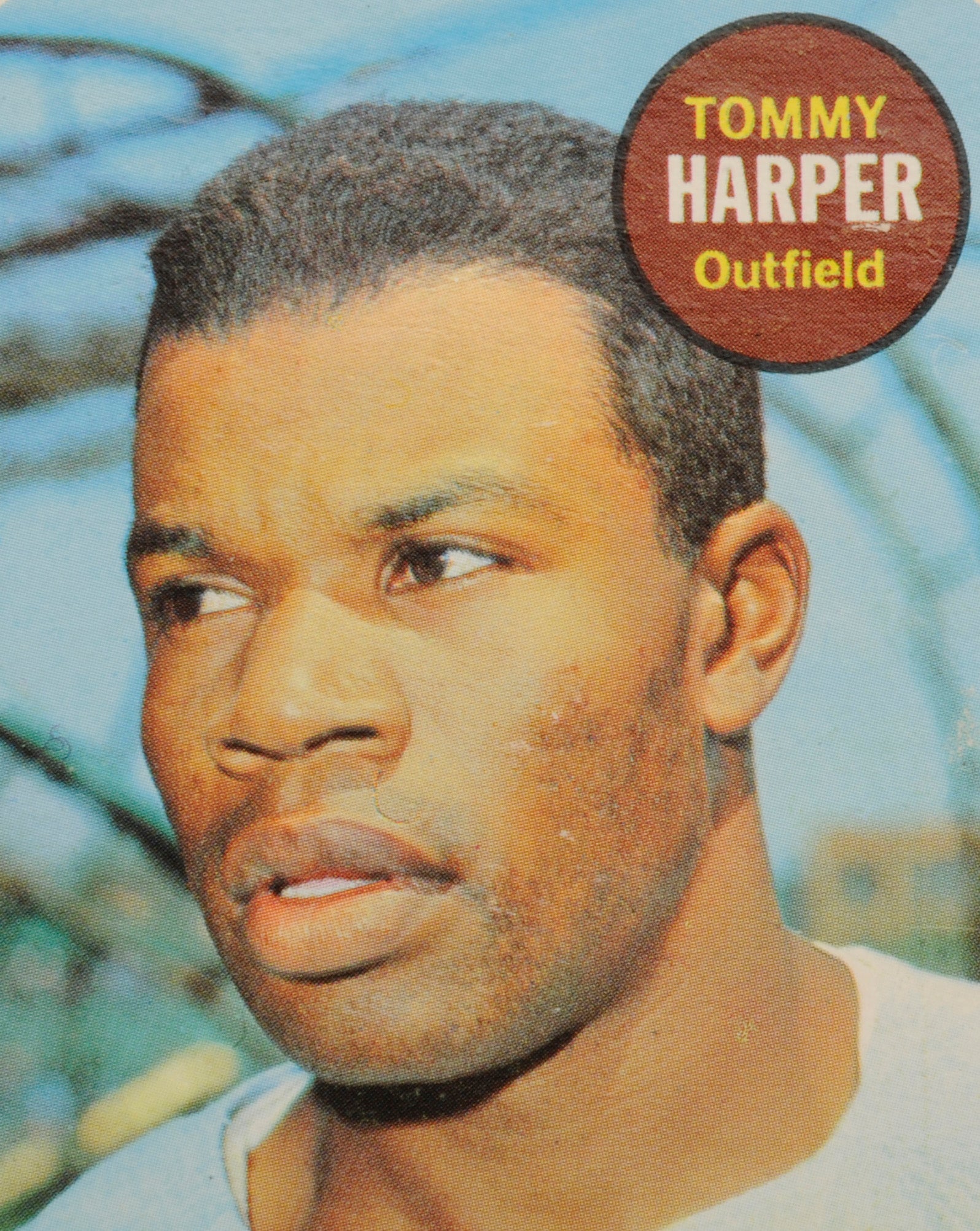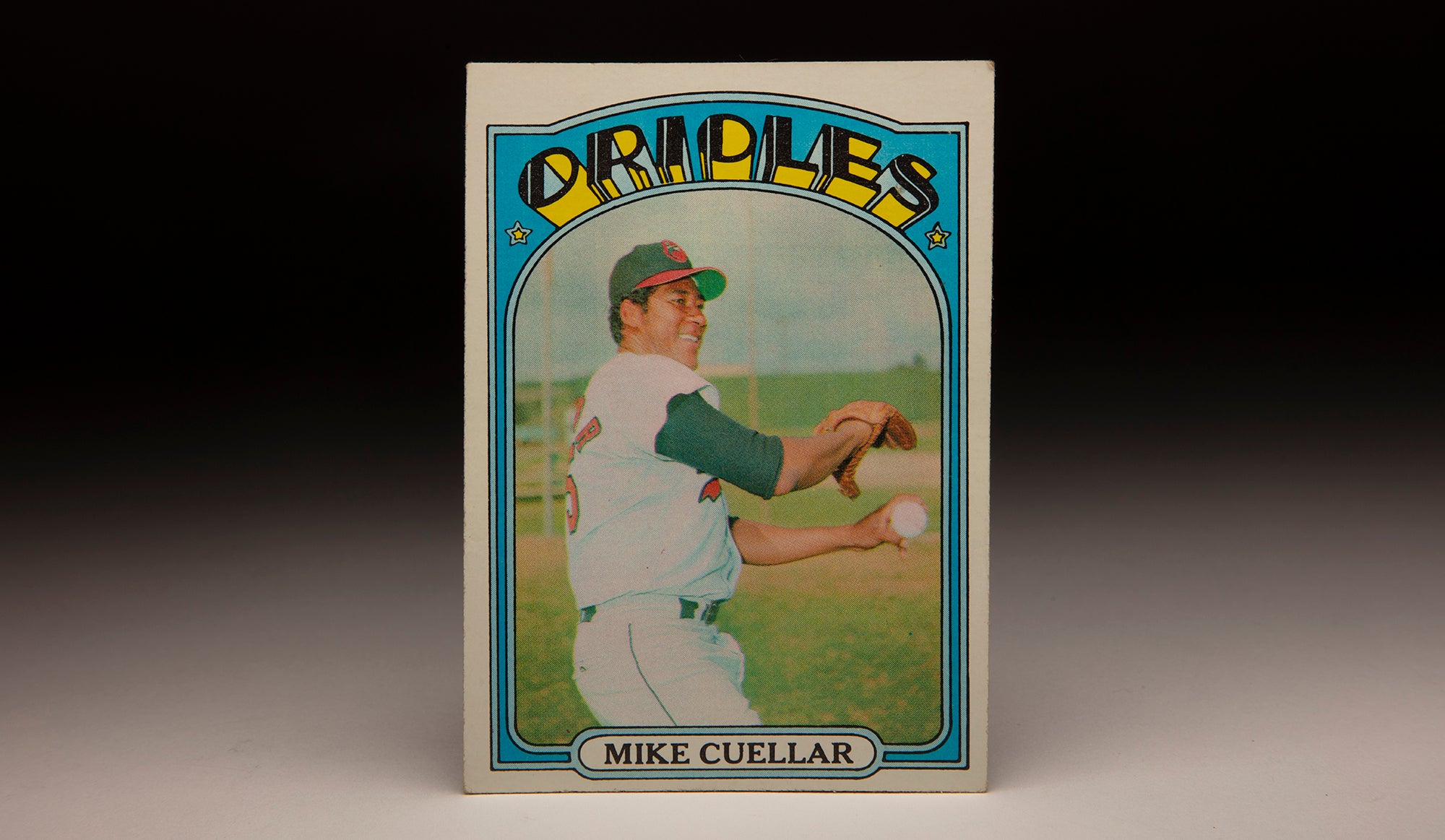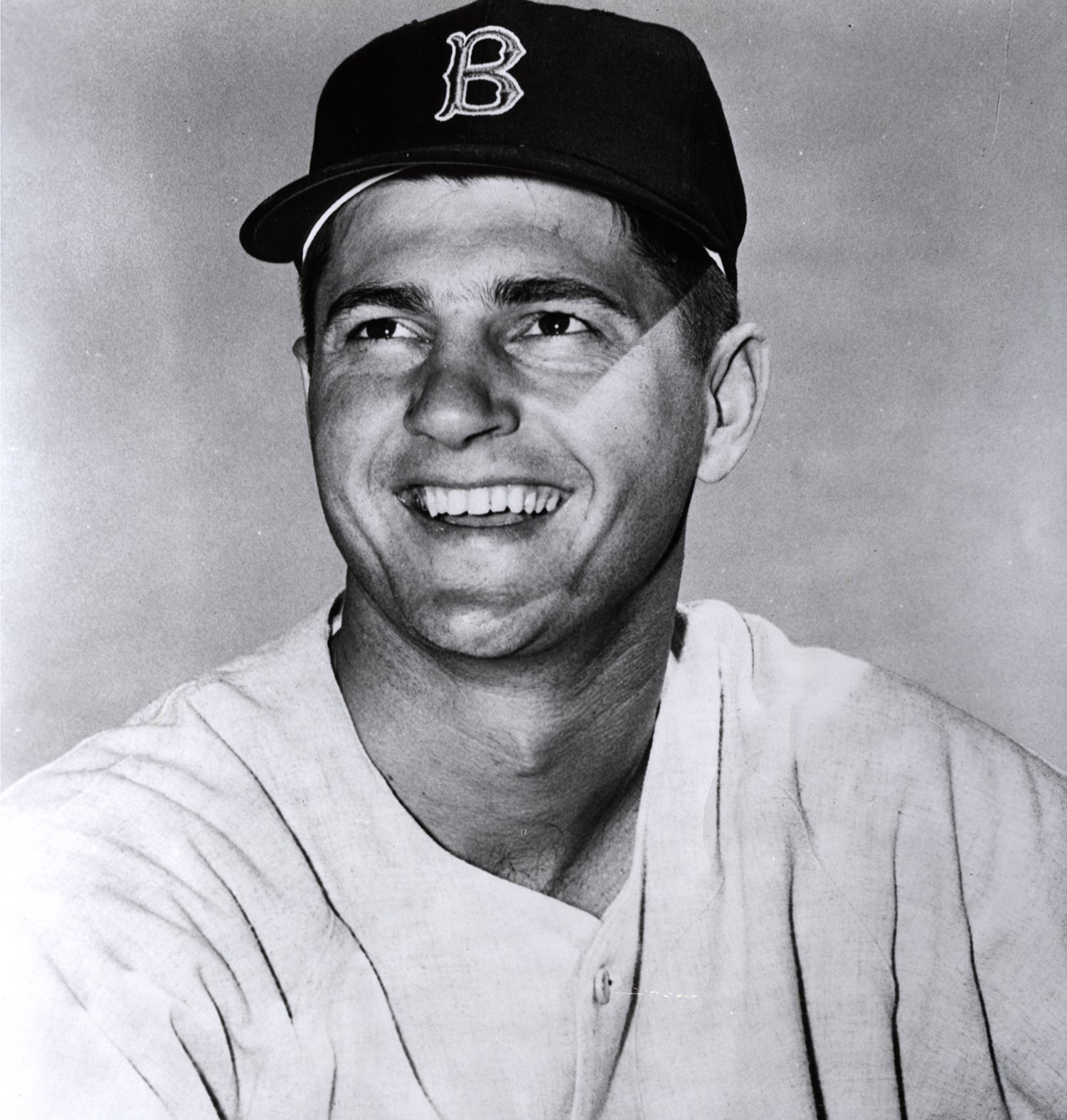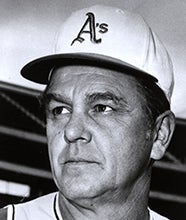- Home
- Our Stories
- #CardCorner: 1969 Topps Jim Lonborg
#CardCorner: 1969 Topps Jim Lonborg
The Impossible Dream Red Sox will be forever linked to Hall of Famer Carl Yastrzemski, whose Triple Crown performance in 1967 brought Boston the American League pennant and effectively launched Red Sox Nation.
But without Jim Lonborg, the Dream never happens. And with just one rainout at the right time, Lonborg might have pitched the Red Sox to the World Series title.

Born April 16, 1942, in Santa Maria, Calif., James Reynold Lonborg was born into a family that prided itself on education. His father, Reynold, was a professor of agriculture at Cal Poly-San Luis Obispo, and Jim’s stated desire in the San Luis Obispo County Telegram-Tribune – where he was profiled as a “Campus Personality” while a senior at San Luis Obispo High School – was to study either engineering or medicine in college.
A member of the first Little League teams in San Luis Obispo in 1953, Lonborg was a varsity star on both the basketball and baseball teams by the time he got to San Luis Obispo High School but was not the main attraction for big league scouts. Tigers shortstop Mel Queen was considered a can’t-miss prospect and signed with the Reds for a reported $100,000 following the graduation of the Class of 1960.
Queen enjoyed a seven-year career with the Reds and Angels as a pitcher, and eventually became Lonborg’s brother-in-law after marrying Lonborg’s sister Celia.
The 6-foot-5 Lonborg, meanwhile, enrolled at Stanford University as a pre-med student and played for the freshman basketball team before finding his place on the baseball squad.
“At (Stanford), his strength caught up to his size,” high school teammate Lee Hollister told the Telegram-Tribune in 1990 when Lonborg was enshrined in the inaugural class of the San Luis Obispo High School Hall of Fame. “The scouts started watching him then.”
At Stanford, Lonborg worked on his high-kicking delivery and was heavily scouted by the Orioles, who sent him to summer league teams to work on his game – leagues that would not jeopardize his college eligibility. Scouts from other teams began to take notice, and in August of 1963 Lonborg signed with the Red Sox for a reported $60,000.
“If you want me as a pitcher,” Lonborg recalled telling the Red Sox, “you’ll have to reimburse me for delaying my college studies to be a doctor.”
The Red Sox happily obliged.
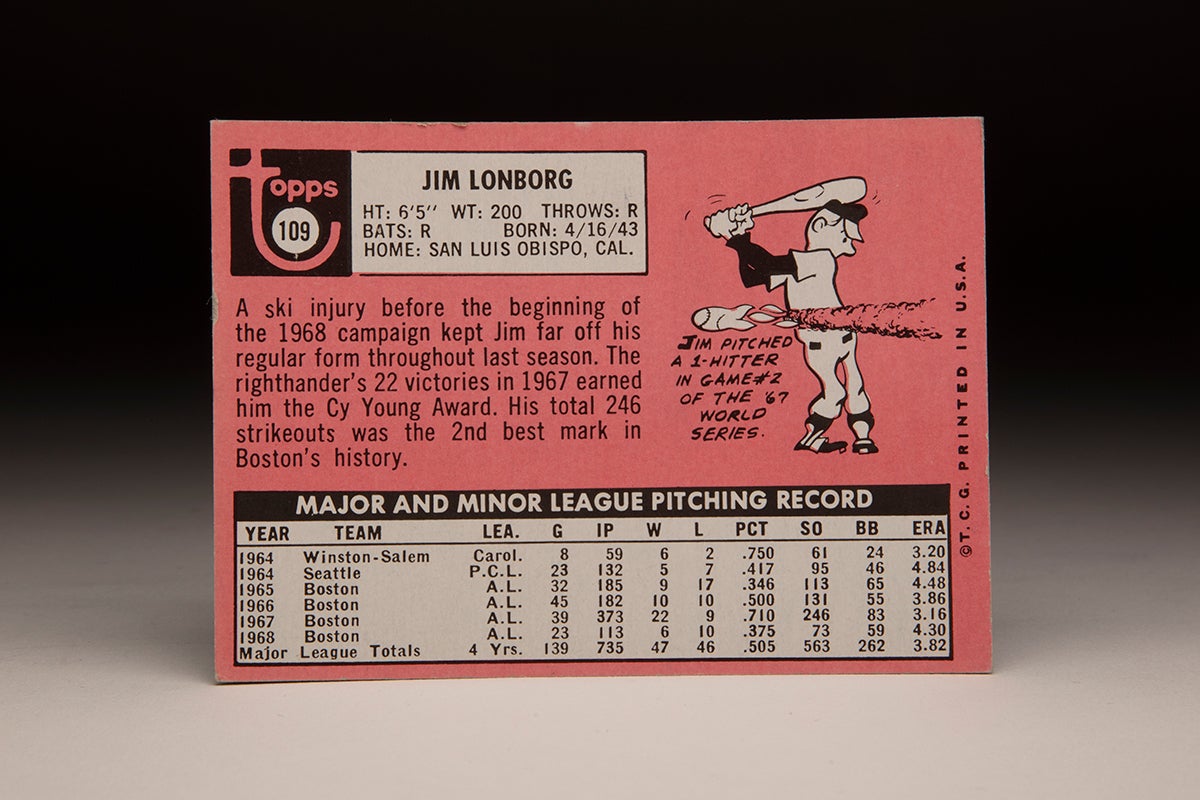
“His curveball and fastball are equally effective,” Stanford head coach Dutch Fehring told the Oakland Tribune about Lonborg during the 1963 season. “He isn’t blazingly fast but has good control and is improving all the time. Quite a few scouts have talked to me about him.”
Sent to Winston-Salem of the Class A Carolina League to start the 1964 campaign, Lonborg went 6-2 with a 3.20 ERA in eight starts before being promoted to Triple-A Seattle in May.
“We know he’s a big league prospect and so do other clubs,” Red Sox scout Mace Brown, a 10-year MLB pitcher told the Twin City Sentinel of Winston-Salem after Lonborg was promoted. “If Lonborg is going to have to be on the Boston roster next year, and he is, we’re going to have to get him as much experience this year as we can.”
Brown was referring to the “bonus baby” rule in place at the time which stated that all players would be subject to a draft after their first pro season if they were not placed on the big league roster at the end of that first year. Lonborg went 5-7 with a 4.84 ERA in 23 games with Seattle – and then, as Brown predicted, earned a spot with the Red Sox in 1965.
Lonborg debuted with Boston on April 23, 1965, allowing three runs over six innings in a 4-2 loss to the Orioles. He allowed only two hits – but one was a three-run double to future Hall of Fame pitcher Robin Roberts after Lonborg had walked the bases loaded.
“I had no idea where the ball was going during the first two innings,” Lonborg told The Boston Globe following his first game. “Then I began to feel better.”
Lonborg took his lumps in 1965, going 9-17 with a 4.47 ERA in 185.1 innings for a Red Sox team that lost 100 games. Things improved for Lonborg and the Red Sox in 1966, though Lonborg spent time in the bullpen before manager Billy Herman moved him back to the rotation late in the year.
Lonborg went 10-10 on the season with a 3.86 ERA.
“(Lonborg) used to burn me up,” Herman told The Globe late in the 1966 campaign. “But he’s improving.”
Herman, however, would not be around to see how much better Lonborg would get. En route to 90 losses in 1966, the Red Sox fired Herman with only two weeks left in the campaign. In his place came Dick Williams, a former utility player in the majors who, at age 37, was skippering a big league team for the first time.
Thus began the 1967 Impossible Dream season.

Looking for pitching to augment a young lineup, Williams challenged his young hurlers to throw inside and stop nibbling on the corners. Lonborg thrived under Williams’ intense direction, starting the year 7-1 before settling in at 11-3 at the All-Star break. The Red Sox were 41-39 at that point – mostly thanks to Lonborg and left fielder Carl Yastrzemski, who was having a season for the ages.
But after a 1-1 start to the second half, Boston reeled off 10 wins in a row to catapult itself into pennant contention. By the time Lonborg notched his 20th win on Sept. 12, the Red Sox were in first place.
“I really got excited as a kid about these things,” Lonborg told United Press International after his 20th win, “and I have to stop and think that I’m in a big man’s game.”
Lonborg was also in a legendary pennant race as the Red Sox, Twins, Tigers and White Sox battled down the stretch for the top spot in the American League. Starting against Cleveland on Sept. 27, Lonborg allowed four runs over three innings in a 6-0 loss that left Boston at 90-70, one game behind the first-place Twins (91-69), effectively tied with the Tigers (89-69) and a half-game ahead of the White Sox (89-70).
But after a rare two-day break, the Red Sox played host to the Twins for a two-game series at Fenway Park. Boston won 6-4 on Saturday, Sept. 30, while the White Sox dropped their second in a row to Washington (eliminating Chicago) and Detroit split a doubleheader with California.
That left everything up to Sunday, where Lonborg would get the start against the Twins while Detroit and California played another doubleheader.

Down 2-0 in the sixth inning after an RBI double by Tony Oliva in the first inning and a run-scoring single by Harmon Killebrew in the third, Lonborg led off the frame for the Red Sox with a bunt single. Jerry Adair and Dalton Jones followed with singles to load the bases, and Yastrzemski followed with a two-run single to tie the game. Boston added three more runs on a fielder’s choice, a wild pitch and an error to give Lonborg a 5-2 lead. He allowed one run in the eighth but went the distance on just three day’s rest, barely making it to the clubhouse after fans stormed the field in joy and literally ripped the shirt off his back.
Detroit would win the first game of the doubleheader against California. But needing another win to force a one-game playoff with the Red Sox, the Tigers lost 8-5 to give Boston its first pennant since 1946.
“It was sheer mania,” Lonborg, who stayed in a hotel on the night before the game in order to avoid any distractions, told the Associated Press. “When I woke up this morning, I felt great. I felt I was going to win.”
Lonborg completed the regular season with a 22-9 record, a 3.16 ERA and 246 strikeouts – just 12 shy of the then-team record of 258 set by Smoky Joe Wood in 1912. But with the World Series set to start on Oct. 4, Lonborg would be unavailable for Game 1 against the Cardinals’ Bob Gibson. It would be a disparity that would likely mean the difference between a pennant and a World Series title.
After Gibson struck out 10 batters in a 2-1 win in Game 1, Lonborg no-hit the Cardinals through 7.2 innings in Game 2 before Julián Javier’s double became St. Louis’ only hit in a 5-0 win. The Cardinals won both Game 3 and Game 4 before Lonborg returned in Game 5, allowing just three hits – including a two-out, ninth inning home run to Roger Maris in a 3-1 victory.
No other pitcher in history had allowed a combined four hits in back-to-back World Series starts.
“My fastball was moving and riding in on the batters and I used it a great deal,” Lonborg told the Pittsburgh Press after Game 5. “I threw a changeup to Roger Maris when he hit his home run in the ninth inning and I really don’t know how he hit it.”
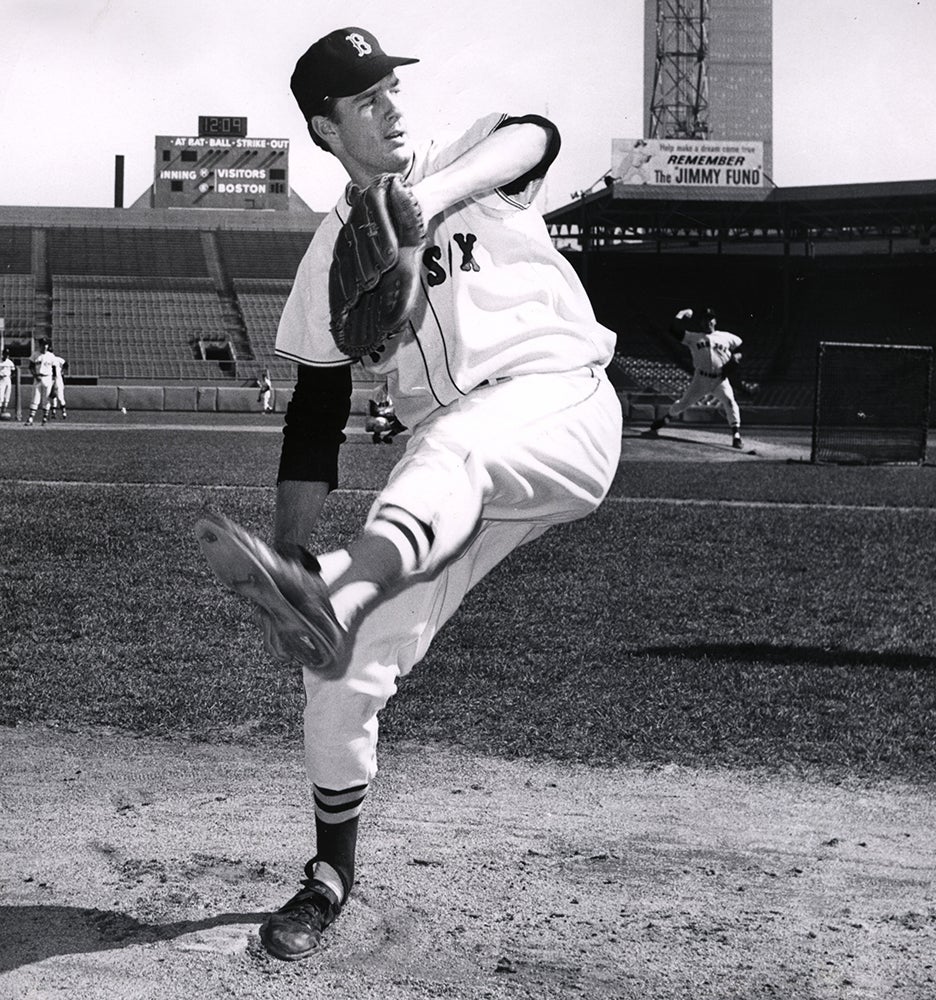
Returning to Fenway Park for Game 6, the Red Sox posted an 8-4 win to set up a deciding Game 7. Gibson would be working on his usual three day’s rest. Lonborg had only two – but Williams refused to go down with anything but his best.
“I was praying for one last miracle,” Williams wrote in “No More Mr. Nice Guy” – his 1990 autobiography. “I didn’t get it.”
The Cardinals scored two in the third inning and two in the fifth before Javier hit a three-run home run against Lonborg in the sixth to put the game out of reach. Gibson pitched a three-hitter in the Cardinals’ 7-2 victory.
But the disappointment of falling one game short of a championship seemed to fade as Lonborg received all but two votes in the AL Cy Young Award balloting in a landslide victory. He then signed a contract for the 1968 season worth a reported $50,000 before heading to Lake Tahoe to enjoy one of his favorite pastimes: Skiing.
On Dec. 24, Lonborg tore ligaments in his left knee during a ski mishap that left his leg in a cast after a two-hour surgical procedure.
Doctors expected Lonborg to be ready for Spring Training, but he did not make his first appearance until May 28 and finished the year with a 6-10 record and a 4.29 ERA in 113.1 innings. And in compensating for returning as soon as he did, Lonborg altered his delivery and hurt his shoulder.
He started on Opening Day in 1969 but lasted just 2.2 innings. After two weeks of rest, however, Lonborg was victorious in six straight outings before shoulder pain and a broken toe – suffered when he fouled a ball off his left foot – combined to limit him to one win the rest of the year as he finished with a 7-11 record and 4.51 ERA in 143.2 innings.
Williams was dismissed toward the end of the season – and the magic of 1967 seemed light years away.
Lonborg struggled with more shoulder pain in 1970 and was 4-1 with a 3.18 ERA in 34 innings in July when the Red Sox waived him. When no other club claimed him, Lonborg was sent to Triple-A Louisville.
“We were disappointed to have to send him down,” Red Sox director of player personnel Haywood Sullivan told the Associated Press. "But you have to face the facts. Jim himself felt he wasn’t helping the ballclub this way.”

Lonborg began the 1971 season with Louisville and went 4-2 with a 0.90 ERA in six starts before being recalled to Boston. He won 10 games with the Red Sox but saw his time in Boston end a few days after the completion of the season when he was sent to Milwaukee in a massive 10-player deal that brought Marty Pattin, Lew Krausse and Tommy Harper to Boston.
With the Brewers, Lonborg reestablished himself as a durable and dependable starter, going 14-12 with a 2.83 ERA in 223 innings. The Brewers dealt Lonborg to the Phillies following the season, and Lonborg helped a young Philadelphia team evolve into a three-time division winner from 1976-78.
“Physically, I’m back to 100 percent,” Lonborg told the Camden (N.J.) Courier-Post after the trade. “But I don’t throw hard all the time anymore because I’ve learned how to pitch. I’ve matured. I can position my pitches now.”
Lonborg went 13-16 with a 4.88 ERA in 1973 for a Phillies team that lost 91 games. But the next season, Lonborg was 17-13 with a 3.21 ERA in 39 starts covering 283 innings.
On June 13, 1975, Lonborg pitched a two-hitter against the defending NL champion Dodgers, improving his record to 6-3 and lowering his ERA to an NL-best 1.92. But a few days later at Wrigley Field, Lonborg was fielding ground balls in practice when he injured his lower back.
“The injury was the kind that usually lasts a few days,” Lonborg told the Tampa Bay Times after the 1975 season. “But it turned out I tried to work too much too often. To compensate for the pain, I adjusted my pitching motion and it affected my shoulder. From then on, the more I pitched the worse it got.”
Lonborg ended that season with an 8-6 record and 4.12 ERA in 159.1 innings but bounced back in 1976 to go 18-10 with a 3.08 ERA for a Phillies team that won 101 games and the NL East title. Lonborg started Game 2 of the NLCS vs. the Reds, allowing one earned run over 5.1 innings while taking a hard-luck 6-2 loss. Cincinnati swept the series in three games.
Battling shoulder pain for much of the 1977 campaign, Lonborg still went 11-4 and helped the Phillies repeat as NL East champions. He again started Game 2 of the NLCS – this time against the Dodgers – and allowed five runs over four innings as Los Angeles won 7-1 en route to a four-game series victory.
It would be the last of five career games Lonborg would start in the postseason.
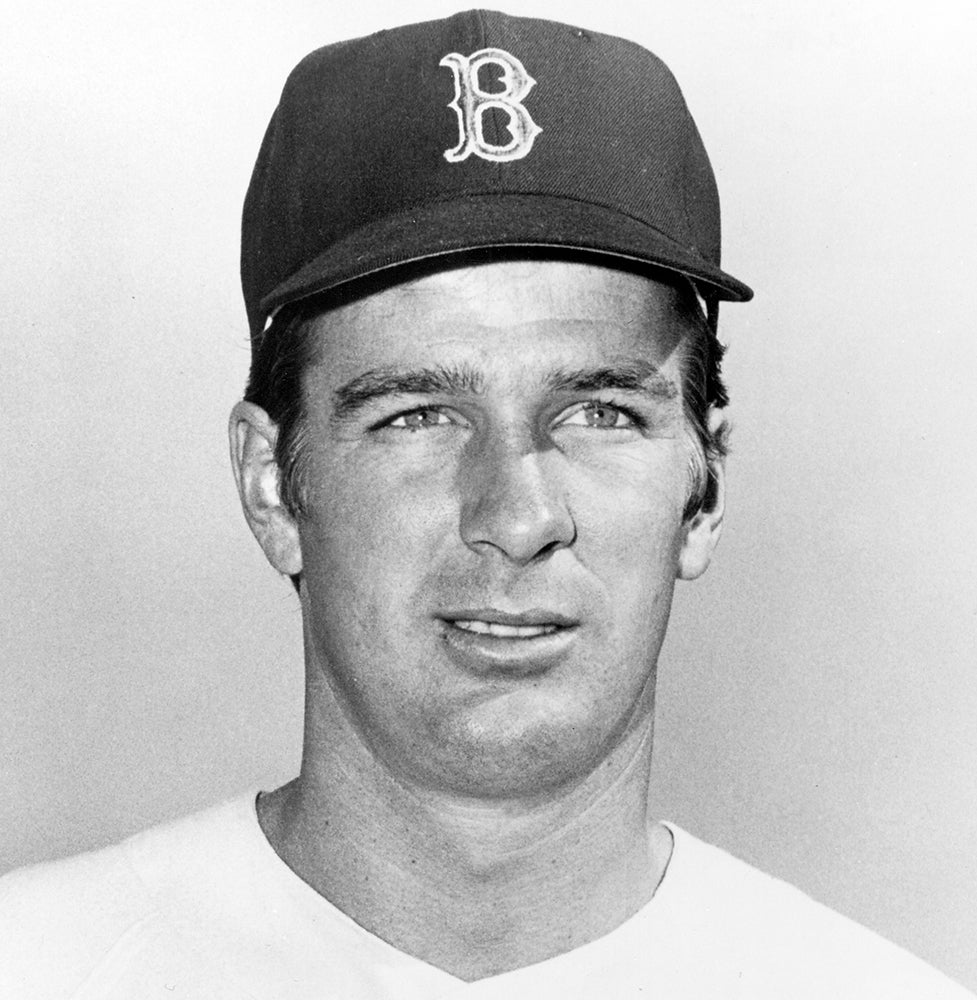
Lonborg was 8-10 in 113.2 innings in 1978 then was released on June 16, 1979, after four appearances over the season’s first two-plus months. He stayed in shape by pitching in an adult league around his Scituate, Mass., home that summer – but when no big league teams came calling, Lonborg retired.
He soon enrolled at the Tufts University School of Dentistry and began a practice in Hanover, Mass.
Over 15 big league seasons, Lonborg went 157-137 with a 3.86 ERA and 1,475 strikeouts over 2,464.1 innings. And though he never made an All-Star Game roster or earned a Cy Young Award vote in any season except 1967, Lonborg’s career places him among the most successful and durable pitchers of his or any area.
For Red Sox fans, however, he will always be associated with one team and one dream.
“It’s difficult to know who that guy was,” Lonborg told the Courier-Post about the 1967 version of himself after the Brewers traded him to the Phillies. “I was just a young, strong kid then.”
Craig Muder is the director of communications for the National Baseball Hall of Fame and Museum


